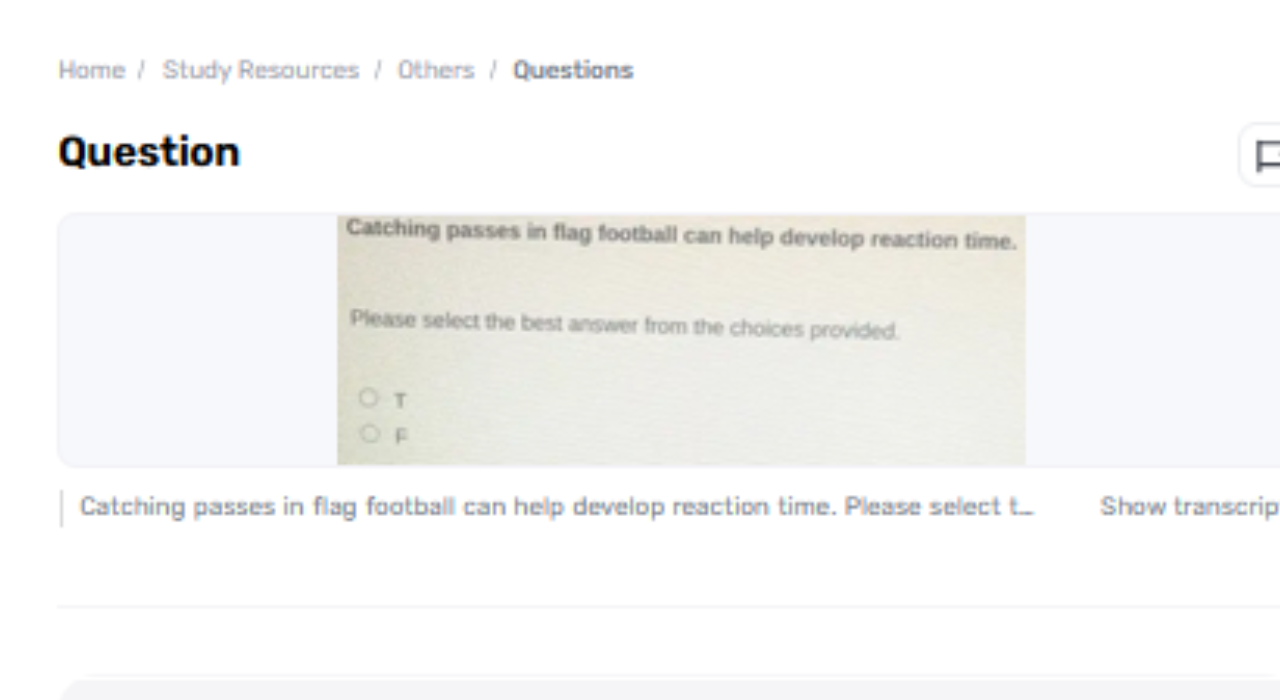Hail football, a variety of American football that emphasizes speed, deftness, and expertise over physical contact, offers various benefits past its essential objective of scoring focuses. One of the key preferences of taking an interest in hail football is the upgrade of response time. This perspective of athletic execution is pivotal for victory in numerous sports and exercises. Understanding how catching passes in hail football can create response time includes investigating the mechanics of the diversion, catching passes in flag football can help develop reaction time.. the nature of response time, and the particular ways in which hail football works out this basic aptitude.
Upgrading Response Time Through Hail Football
Catching passes in hail football serves as a viable strategy for moving forward response time. The game's request for fast visual following, speedy decision-making, and quick engine reactions trains players to respond quicker. This expertise advancement not as it were benefits execution in hail football but too exchanges to other sports and exercises requiring fast reflexes and precise reactions.
The Nature of Response Time
Response time alludes to the interim between the recognition of a jolt and the consequent physical reaction. In sports, a shorter response time permits competitors to reply more rapidly to changes in their environment, which can be the distinction between victory and disappointment. Response time is impacted by different components, counting tactile handling, cognitive appraisal, and engine reaction. Making strides in response time includes preparing these components to work together more effectively, driving faster and more exact reactions to boosts.
The Mechanics of Catching Passes
Catching passes in hail football requires players to respond quickly to a moving object, which could be a commonsense workout in moving forward response time. When a quarterback tosses the ball, the recipient must track the ball direction, alter their position, and make a capture, all inside a brief time allotment. This preparation includes fast visual and tangible input, quick cognitive preparation to judge the ball's way, and speedy engine reactions to capture the ball. Each of these components contributes to the improvement of quicker response times.
Preparing and Expertise Advancement
In hail football, the monotonous hone of catching passes can improve response time through a few components. To begin with, players gotten to be usual to the speed and direction of the football, which moves forward their capacity to foresee and react to its development. Normal hone makes a difference players create muscle memory and make strides in their hand-eye coordination, making their responses more programmed and effective. Moreover, the energetic nature of the diversion, with its eccentric tosses and changing speeds, gives a challenging environment that pushes players to refine their response times persistently.
Application to Other Sports and Exercises
Making strides in response time through hail football has broader suggestions past the amusement itself. Improved response time benefits competitors in different sports and exercises that require fast decision-making and reactions. For occasion, in sports like ball, soccer, or tennis, players with speedier response times can way better expect opponents' activities, make faster choices, and execute more exact developments.
Utilizing Gauth for Homework Offer assistance
1. Log In and Choose a Subject:
Begin by logging into Gauth and selecting the subject of your homework from the accessible choices.
2. Input Your Questions:
Enter your homework questions specifically into the stage or transfer pertinent records for investigation.
3. Examine and Apply Arrangements:
Audit the answers and directions given by Gauth, and at that point apply them to total your homework viably.

Conclusion
In conclusion, catching passes in hail football can essentially contribute to creating response time. The game's necessities for fast visual handling, cognitive appraisal, and engine reaction make it a compelling preparation ground for improving this basic expertise. Through steady hone, players not as it were make strides in their capacity to capture passes but moreover refine their general response times, profiting from their execution in hail football and other sports. Understanding and leveraging these benefits highlights the esteem of hail football as an instrument for athletic improvement, emphasizing its part in progressing key viewpoints of athletic execution.


